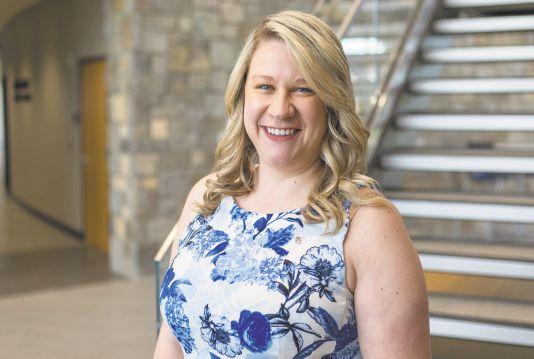
4 minute read
Empowered Communities Career
and Technical Education is taking the lead in solving workforce shortages
By Katie Becker and Tracy Nicholson | JLG Architects
The entrepreneurial spirit of today’s youth has laid the groundwork for new learning environments that kick-start careers and jumpstart regional businesses.

Schools across the region, including Park Rapids Area Schools, Jackson County Central School District, Bismarck Schools, and Grand Forks Public Schools are following the national trend and broadening their Career and Technical Education (CTE) programs to help students explore in-demand careers – gaining valuable experience that has become a workforce game-changer. This is hands-on education that is transforming the way we live, learn, and do business.
Today, CTE is leading the way as a direct solution to workforce shortages – creating streamlined pathways to employable skills Midwest businesses and industries undoubtedly need.
Future-Ready CTE
CTE programs are far more than the wood and metal shops of the last century. Modern CTE education is a true-to-life, simulated experience that can put students’ skills to the test in commercial kitchens, medical labs, mechanic and auto shops, greenhouses, manufacturing, and learning environments rich in emerging technologies.
These are the ultimate maker spaces where new interests are ignited and hands-on problem solving is rewarded. CTE classes, in collaboration with traditional core subjects, set the stage for students to learn regionally in-demand skills in an active, hands-on setting – skills that can be immediately applied in the workforce. Hands-on education is invaluable but creating career readiness goes beyond continued on Page 64 continued from Page 62 technical programming. It is important to focus on employability and the soft skills the industry needs for a “Career Ready” student who is well educated and emotionally prepared.
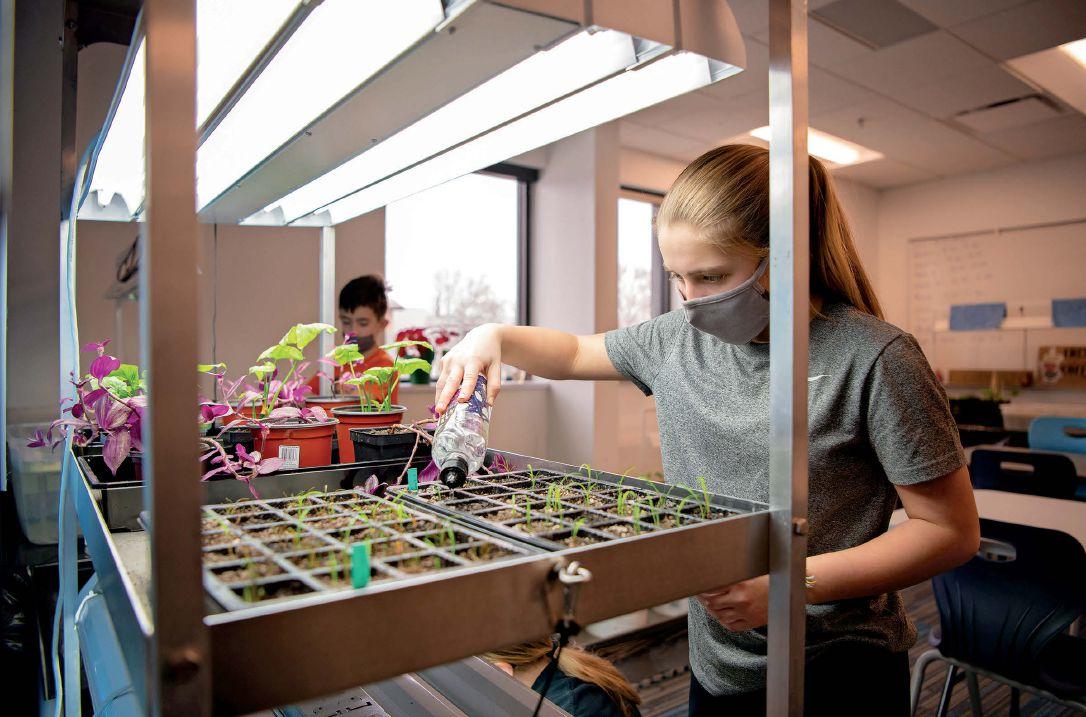
Within CTE programming, curriculum should encourage soft skill development and Career Ready Practices that are supported by spaces like conference rooms where mock interviews can be held. Here, students gain the emotional skills to be a responsible citizen and employee, manage their personal and financial well-being, and consider environmental, social, and economic impacts of their decisions.
Crucial Cross Collaboration

Cross collaboration between fields is critical in creating experiences that simulate real-world business transactions for students. For example, if the agriculture program is growing plants, the business program can advise the sale of those plants. Next, art and marketing can collaborate to create a campaign including imagery for graphics, posters, and advertising. Similarly, if the construction class is building a house, that process involves not only the construction, but the design, drafting, estimating, understanding of the supply chain, and ordering of the materials.
Students will also gain experience marketing the sale, managing construction costs, setting the price, and making the sale. This type of collaboration gauges interest early on, encourages teamwork, and gives new talent valuable experience that would cost companies thousands to implement on their own.
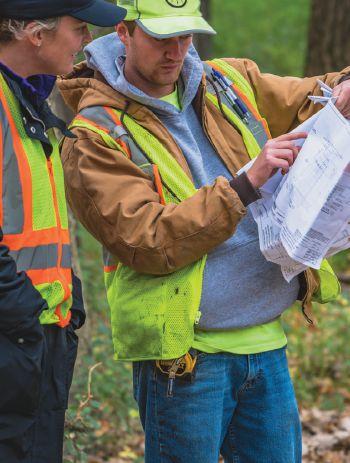
The Business of Building Relationships & Industry Partnerships
Many schools are taking their education to Main Street, partnering with local industry and businesses on behalf of boosting the regional workforce. Overall, businesses are seeing the immediate value of investing in collaborative partnerships with targeted programs to meet industry demand. If schools are unsure of the current interest versus demand, simply follow Grand Forks Public Schools – they implemented localized surveys to help them align student interests with workforce needs.

The North Dakota Career and Technical Education Board approved grant funding for 13 projects in March of 2022, allocating millions in funding toward CTE projects throughout the state. The grant’s purpose is to provide students with programs that align with regional workforce needs and with student interest. The Grand Forks Public School District was one of 13 districts in North Dakota to receive grant funding for its new Career Impact Academy.
The Academy will serve the students of Grand Forks and surrounding communities, and provide regional adult education opportunities. Through the efforts of the Grand Forks Region Economic Development Corporation, City of Grands Forks, Grand Forks County, and Greater Grand Forks Chamber of Commerce, the district found local support from over 60 private businesses and dozens of individual donors and public entities who contributed to their oneto-one monetary match, a requirement of the grant. Local entities such as Altru Health System, Sanford Health System, True North Equipment, Lunseth Plumbing & Heating, and Construction Engineers were just a few of the local businesses to contribute.
JLG Architects and BNDRY Studio assisted the Grand Forks Public School District in preparing their grant application and preliminary design concepts. Programming for the Academy was identified through a needs assessment with the school districts, local businesses, economic development, and higher education – aligning curriculum and programming with post-secondary education to create an industry pipeline.
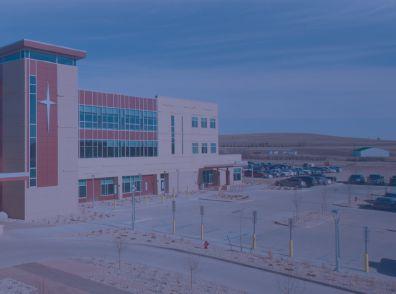

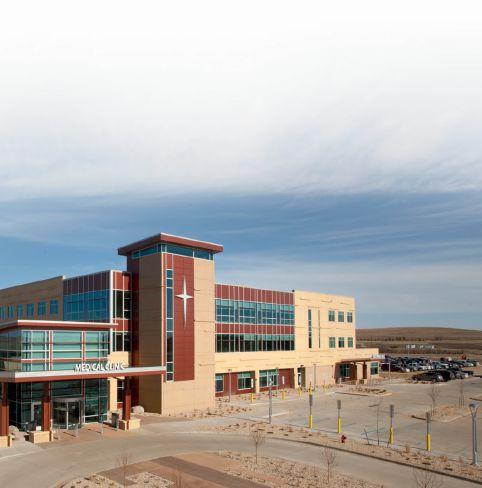
The students also had a voice in their future facility, overwhelmingly asking for a building that didn’t feel like a traditional school; a celebrated learning space that supports their interests and creates opportunities to explore.

Regional industries are finding CTE partnerships to be a fantastic way to build long-term relationships that benefit students, community, and workforce demand. Local partnerships allow businesses to communicate in-demand positions, specific equipment and continued on Page 66
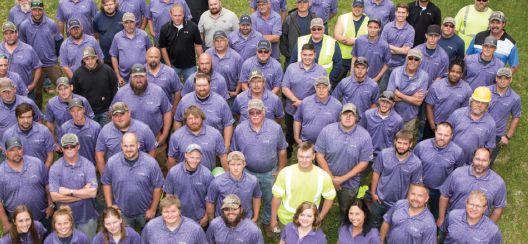
VOL 23 ISSUE 9 continued from Page 55 machinery, and the skills needed to operate them. This scenario forges a win-win partnership in which a business could provide equipment or internships, and the school caters programming to workforce needs. This creates a direct talent pipeline for a specific industry; a cyclical relationship where the school is able to support local businesses, and local businesses are able to support the school district.
Brighter Future

The future of CTE programs is looking brighter every day. Through specialized skills training, CTE students have become our workforce’s most valuable asset, strengthening the resilience of industry and communities.
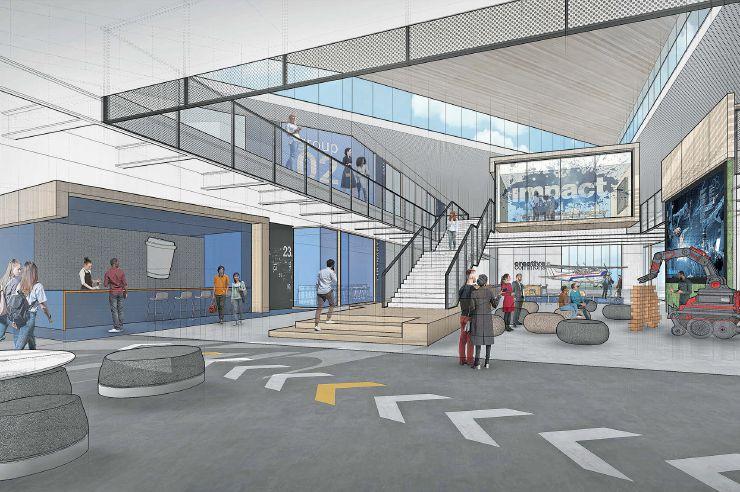

For students and schools, CTE programming equates to enhanced confidence for those transitioning to college and immediate careers for those entering the workforce. With either pathway, CTE students gain the ability to explore a wide variety of interests, gain employable skills, create job stability, and land well-paying careers close to home.

Katie Becker, AIA, is LEED green associate, and Tracy Nicholson is a writer at JLG Architects.










